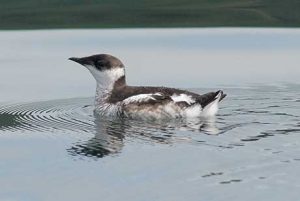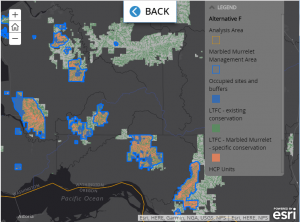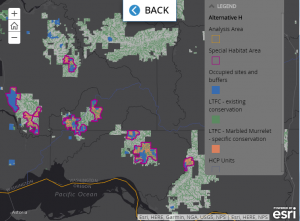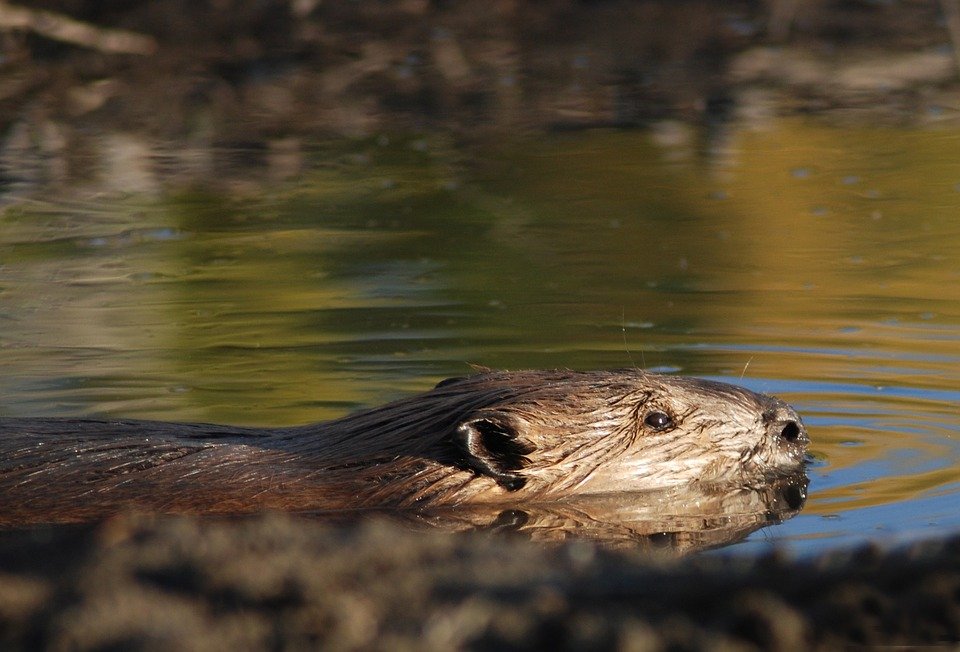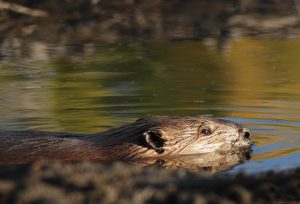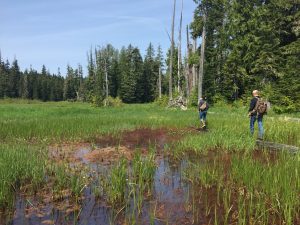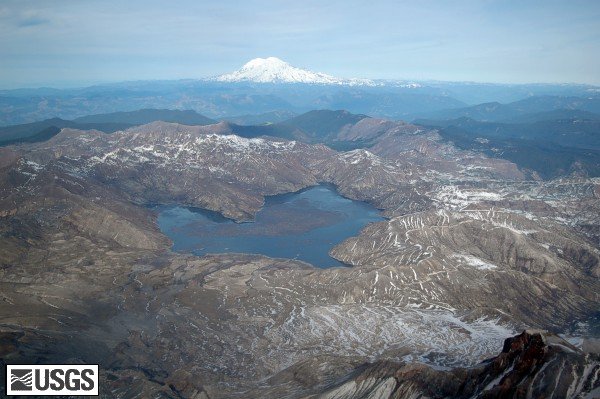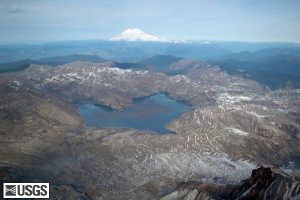[vc_row row_type=”row” use_row_as_full_screen_section=”no” type=”full_width” angled_section=”no” text_align=”left” background_image_as_pattern=”without_pattern” css_animation=””][vc_column width=”1/12″][/vc_column][vc_column width=”5/6″][vc_empty_space][vc_column_text]
Drilling Approved Near Mount St. Helens
[/vc_column_text][vc_empty_space][vc_column_text]FOR IMMEDIATE RELEASE: December 3, 2018
CONTACTS:
Nicole Budine, Policy and Campaign Manager, Cascade Forest Conservancy, 607-735-3753
Matt Little, Executive Director, Cascade Forest Conservancy, 541-678-2322
Tom Buchele, Managing Attorney, Earthrise Law Center, 503-768-6736
Drilling Approved Near Mount St. Helens
Conservation and Recreation Groups Oppose Due to Impacts on Fish, Water Quality and Recreation.
Portland, OR – On December 3, 2018, the Bureau of Land Management granted permits to conduct exploratory drilling in the Green River valley, just outside the Mount St. Helens National Volcanic Monument. The Forest Service issued a similar decision consenting to drilling on these lands in February 2018. A coalition of over 20 conservation and recreation groups opposes the project, claiming mining exploration and development will destroy recreational opportunities in the area, significantly harm wild steelhead populations in the Green River, and pollute the water supply of downstream communities.
“Tens of thousands of people have expressed opposition to this dangerous mining proposal that would impact one of our most treasured National Monuments,” said Matt Little, Executive Director of the Cascade Forest Conservancy. “Approving mining activities along a pristine river that is in the shadow of an active volcano is absurd. We will work with downstream communities, backcountry recreationists, and local concerned citizens to protect this treasured river valley for future generations.”
The drilling permits allow Ascot Resources Ltd., a Canadian mining company, to drill up to 63 drill holes from 23 drill sites to locate deposits of copper, gold, and molybdenum. The project would include extensive industrial mining operations 24/7 throughout the summer months on roughly 900 acres of public lands in the Green River valley, just outside the northeast border of the Monument. The prospecting permits allow for constant drilling operations, the installation of drilling-related structures and facilities, the reconstruction of 1.69 miles of decommissioned roads, and pumping up to 5,000 gallons of groundwater per day.
Some parcels of land in question were acquired to promote recreation and conservation under the Land and Water Conservation Fund Act (LWCFA). In a previous lawsuit filed by the Cascade Forest Conservancy (then the Gifford Pinchot Task Force), a federal judge invalidated Ascot’s drilling permits and held that the agencies violated the LWCFA by failing to recognize that mining development cannot interfere with the outdoor recreational purposes for which the land was acquired. This decision by the BLM and Forest Service to once again issue Ascot drilling permits follows the release of a modified EA in 2017, prepared in response to this prior court decision.
“This project would severely impact recreation opportunities due to noise, dust, exhaust fumes, lights, vehicle traffic, the presence of drill equipment, and project area closures,” said Tom Buchele, Managing Attorney of the Earthrise Law Center. “I cannot fathom how the Forest Service and Bureau of Land Management could legally conclude that drilling would not interfere with recreation without violating the LWCFA.”
The pristine Green River flows through the Mount St. Helens National Volcanic Monument, passing through old growth as well as a unique post-eruption environment that provides habitat for a variety of native fish and wildlife. The Green River flows into the North Fork Toutle River and Cowlitz River, which provides drinking water to thousands of people in downstream communities.
The following coalition voices have expressed their consistent opposition to efforts to develop a mine near Mount St. Helens.
“This prospecting is a threat to wild steelhead in the Green River and the rest of the Toutle and Cowlitz River system,” said Steve Jones, Clark-Skamania Flyfishers. “Washington fisheries managers made the upper Green River a Wild Steelhead Gene Bank in 2014 because this habitat offered the best hope for sustaining wild fish in that system. This river drainage needs to be conserved, not exploited.”
“This is a short-sighted decision that taxpayers will ultimately be forced to fix,” said Kitty Craig, Acting Washington State Director for the Wilderness Society. “Paving the way for industrial mining operations in the blast zone of an active volcano is a recipe for disaster.”
“Mount St. Helens is no place for a mine,” said Tom Uniack, Executive Director for Washington Wild. “The greater economic and social value of this incredible area lies with the equestrian, mountain biking, and other world-class recreational opportunities accessible to local residents and visitors alike.”
“With outstanding recreation, as a wild steelhead sanctuary, and as a source of clean drinking water for downstream communities, the Green River – a candidate Wild and Scenic River – is the last place for a mine,” said David Moryc, Director for Wild and Scenic Rivers for American Rivers. “The Forest Service and Bureau of Land Management should not be green-lighting mining on our public lands that were purchased explicitly for conservation and recreation purposes,”
“The Green River and its downstream rivers the North Fork Toutle River and Cowlitz are home to three species of wild steelhead and salmon listed as threatened under the Endangered Species Act (ESA),” said Rich Simms, founder of the Wild Steelhead Coalition. “This mining project will undermine the immense work being done to protect these imperiled fish. It is absurd this ludicrous project is even being considered, yet alone moving forward for approval.”
###
DOCUMENTS:
Bureau of Land Management FONSI: https://eplanning.blm.gov/epl-front-office/projects/nepa/52147/163268/199263/BLM_FONSI_20181002.pdf
Bureau of Land Management Decision Record: https://eplanning.blm.gov/epl-front-office/projects/nepa/52147/163270/199265/BLMDecisionRecord20181002.pdf
Cascade Forest Conservancy Objection Letter: https://www.cascadeforest.org/wp-content/uploads/2017/10/final-objection-on-letterhead-1.pdf
Judge Hernandez’s Opinion: https://law.lclark.edu/live/files/17566-gifford-pinchot-mining-decisionpdf.
MAPS/PHOTOS:
Map of the Project Area: https://cascadeforest.org/wp-content/uploads/2016/09/Map-of-Mt-St-Helens-mine-area-zoomed-in.jpg
Green River Valley photo: https://www.cascadeforest.org/wp-content/uploads/2018/12/IMG_5183.jpg
Green River: https://www.cascadeforest.org/wp-content/uploads/2018/12/Green-River-July-2018-015-1.jpg
Green River valley aerial: https://www.cascadeforest.org/wp-content/uploads/2018/12/IMG_6177.jpg
Green River valley aerial labelled: https://www.cascadeforest.org/wp-content/uploads/2018/12/GRV-labelled-aerial.jpg
VIDEO:
Cascade Forest Conservancy “Mount St. Helens: No Place for a Mine” : https://www.youtube.com/watch?v=JjVk78cVNCk[/vc_column_text][/vc_column][vc_column width=”1/12″][/vc_column][/vc_row]


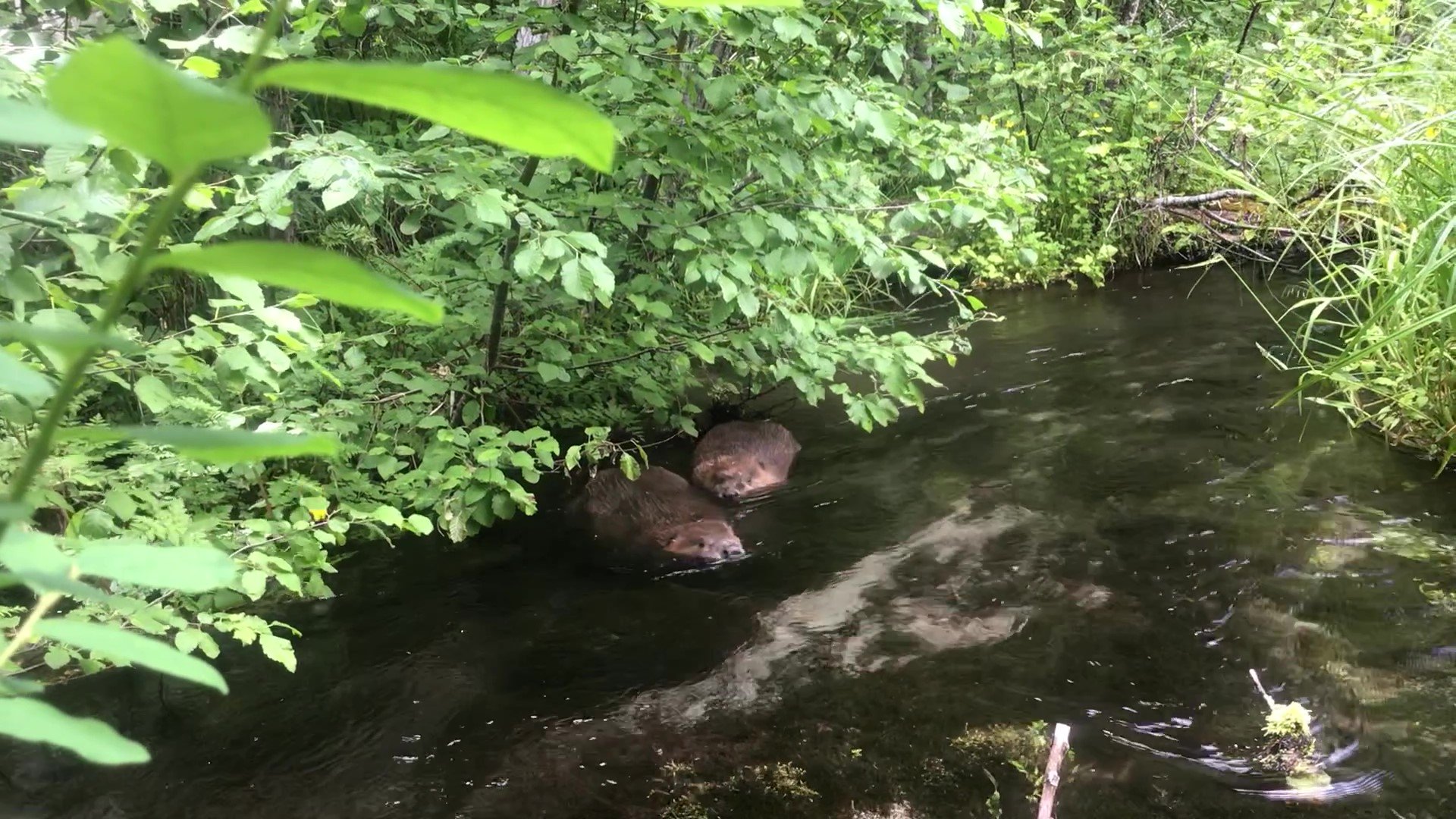
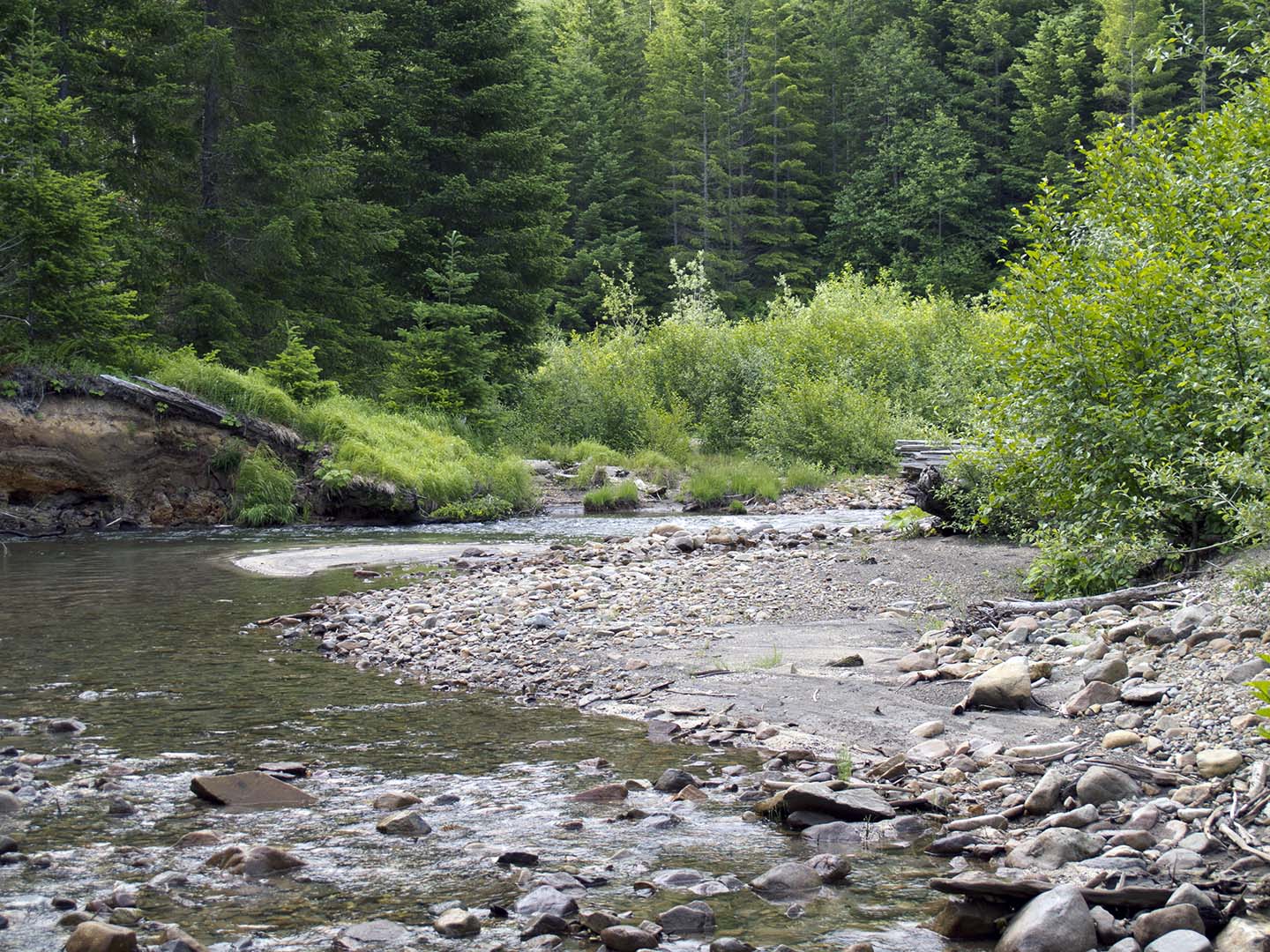
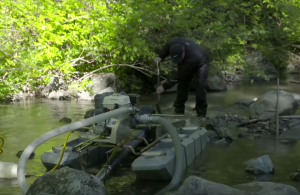

 Lucy spent two years in Philadelphia pursuing a master’s degree before making her way back west to attend Lewis & Clark Law School, where she received her J.D. in Environmental and Natural Resources Law. Before joining Cascade Forest Conservancy, Lucy worked as a law clerk for the Northwest Environmental Defense Center, and Earthrise Law Center.
Lucy spent two years in Philadelphia pursuing a master’s degree before making her way back west to attend Lewis & Clark Law School, where she received her J.D. in Environmental and Natural Resources Law. Before joining Cascade Forest Conservancy, Lucy worked as a law clerk for the Northwest Environmental Defense Center, and Earthrise Law Center.
 Molly comes to Cascade Forest Conservancy with a diverse background in conservation and extensive experience in non-profit leadership, fundraising/development, and program management. Molly’s passion comes from a deep appreciation for Pacific Northwest landscapes and a desire to protect, sustain and restore ecosystems. She holds a bachelor’s degree in environmental science, with a focus in water, from Linfield College.
Molly comes to Cascade Forest Conservancy with a diverse background in conservation and extensive experience in non-profit leadership, fundraising/development, and program management. Molly’s passion comes from a deep appreciation for Pacific Northwest landscapes and a desire to protect, sustain and restore ecosystems. She holds a bachelor’s degree in environmental science, with a focus in water, from Linfield College.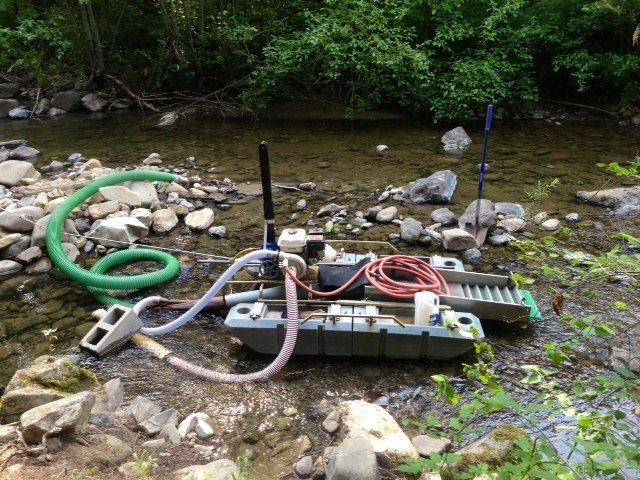
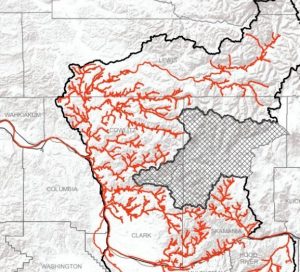
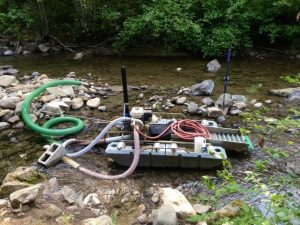
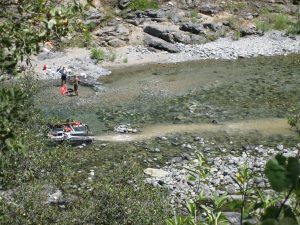
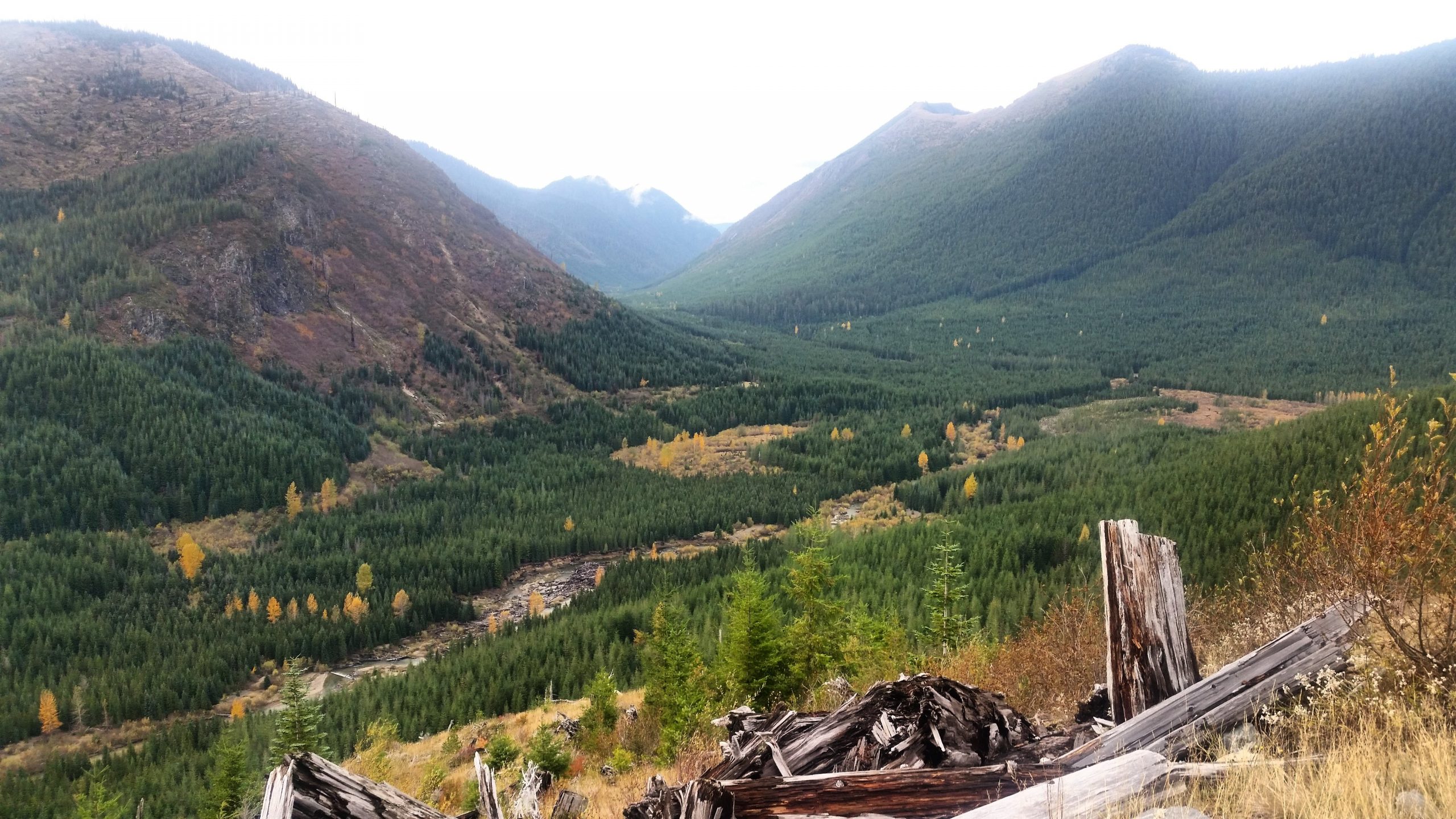
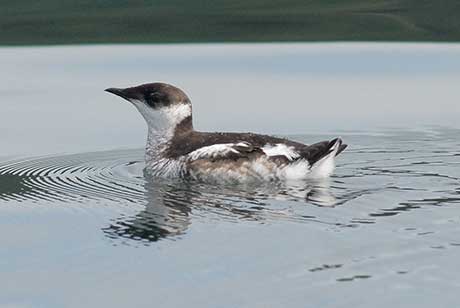
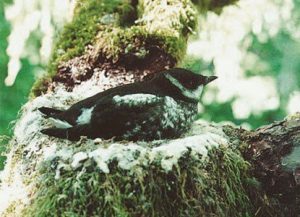 To provide suitable nesting habitat for marbled murrelets, trees need to have old growth characteristics such as large, mossy branches and other deformities that can be used as nesting platforms. Generally it takes forests at least 100 years to develop these characteristics. While raising chicks, murrelets must return to the sea nightly to forage for food, therefore mature forests must also be located within 55 miles of marine waters to be suitable as nesting habitat. This unique nesting behavior inescapably binds the fate of marbled murrelets with the fate of mature and old growth forests.
To provide suitable nesting habitat for marbled murrelets, trees need to have old growth characteristics such as large, mossy branches and other deformities that can be used as nesting platforms. Generally it takes forests at least 100 years to develop these characteristics. While raising chicks, murrelets must return to the sea nightly to forage for food, therefore mature forests must also be located within 55 miles of marine waters to be suitable as nesting habitat. This unique nesting behavior inescapably binds the fate of marbled murrelets with the fate of mature and old growth forests.